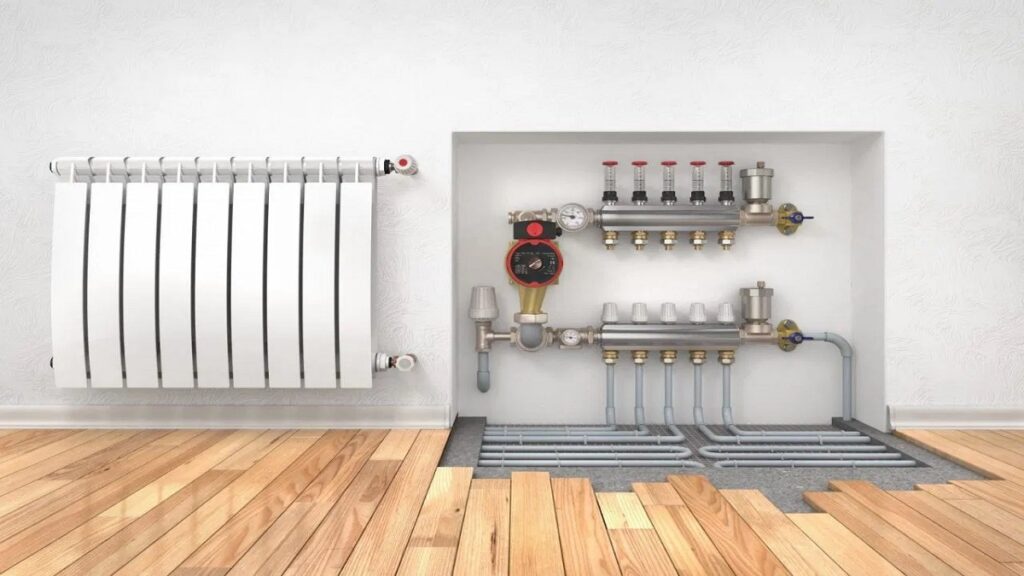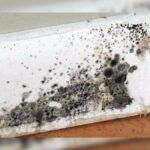Before Glycol: The Evolution Of Heating System Fluids
Modern heating systems use glycol to keep them running smoothly, especially in cold weather. Glycol is a fluid that prevents systems from freezing and helps transfer heat efficiently. It’s also important because it helps avoid corrosion, which can damage pipes and other parts of the system. But before glycol became popular, other fluids were used in heating systems. In this blog, we will explore what was used before glycol, why it wasn’t ideal, and how glycol became the preferred fluid for heating and cooling systems.
Early Heating Systems And Water Use
In the early days of heating, the most common fluid used in systems was water. Water was used because it was readily available, affordable, and good at transferring heat. In these systems, water would be heated in a boiler, and the hot water would travel through pipes to radiators or underfloor heating systems. This helped keep homes warm during cold weather.
Why Water Was A Popular Choice
Water was a great choice because of its ability to absorb and release heat quickly. It could be easily circulated through the pipes to transfer heat from the boiler to different parts of a building. It was also very cheap, making it a practical option for many households and businesses.
However, while water was effective for heating, it wasn’t without problems. One of the biggest challenges was what happened to the water when the temperature dropped too low.
Limitations Of Water In Heating Systems
Although water was widely used in heating systems, it had some serious drawbacks. The most significant issue was that water could freeze in very cold temperatures. When water freezes, it expands, and this can cause the pipes to crack or burst. A burst pipe can lead to water damage and costly repairs.
Freezing Issues
When the water inside the pipes froze, the entire heating system would stop working. If the pipes burst due to frozen water, it would take a lot of time and money to fix the system. In cold climates, this was a common issue, so people needed to find a solution to prevent the water from freezing.
Corrosion Problems
Another problem with using water was corrosion. Over time, water would cause the metal pipes to rust, which could lead to leaks and blockages. Corrosion would also reduce the efficiency of the heating system, making it harder to heat a home or building. This meant that people needed to regularly repair or replace parts of their heating systems.
Due to these issues, people sought better fluids for heating systems, especially in cold climates.
Use Of Oils And Alcohol-Based Fluids
People tried using oils and alcohol when they saw water wasn’t the best for heating. These fluids were tested because they didn’t freeze as easily as water and could still transfer heat effectively.
Oils In Heating Systems
Oils were one of the first alternatives to water in heating systems. They had a lower freezing point than water, so they wouldn’t freeze as easily in cold temperatures. However, oils were much thicker than water, making them harder to pump through the system. This reduced the efficiency of the heating system.
Moreover, oils had another major issue: they were flammable. This made them risky to use in homes and businesses. Despite their ability to prevent freezing, the risk of fire was too high for oils to be a reliable solution.
Alcohol-Based Fluids
Another alternative was alcohol-based fluids. These fluids also had a lower freezing point than water, which helped prevent the pipes from freezing in cold weather. However, like oils, alcohol-based fluids had their problems. Alcohol is flammable, which made it dangerous to use in a heating system.
Additionally, alcohol-based fluids were sometimes toxic, posing a risk to people if there was a leak in the system. Over time, alcohol-based fluids were no longer used in heating systems due to these safety concerns.
The Transition To Antifreeze Solutions
As people continued to search for better fluids, they eventually turned to antifreeze solutions. Antifreeze solutions were designed to prevent freezing while still being safe and efficient. These solutions mixed with water to lower its freezing point, making it less likely for the water to freeze in cold temperatures.
Salt Brines
One of the first types of antifreeze solutions was salt brines. By adding salt to water, the freezing point of the water would be lowered. This made it harder for the water to freeze inside the heating system. However, salt brines had a major downside—they caused corrosion. The salt would react with the metal pipes, leading to rust and other forms of damage over time.
Methanol Mixtures
Methanol, a type of alcohol, was also used in early antifreeze solutions. Methanol was effective at lowering the freezing point of water, but it was toxic and flammable. This made methanol mixtures dangerous to use, especially in homes. Eventually, methanol mixtures were replaced by safer antifreeze solutions.
Emergence Of Glycol In Heating Systems
The search for the perfect fluid for heating systems finally led to glycol. Glycol heating and cooling systems is a type of antifreeze that solved many of the problems caused by previous fluids. There are two main types of glycol used in heating and cooling systems: ethylene glycol and propylene glycol.
Ethylene Glycol
Ethylene glycol was one of the first types of glycol used in heating systems. It worked well at preventing freezing, even in very cold temperatures. However, ethylene glycol is toxic, so it had to be handled with care.
Propylene Glycol
Propylene glycol became the preferred choice for most heating systems because it is much safer than ethylene glycol. It’s not toxic and doesn’t pose a risk to people if there’s a leak in the system. Propylene glycol is also just as effective at preventing freezing, making it the best option for many heating systems.
Advantages Of Glycol Over Previous Fluids
Glycol quickly became the top choice for heating and cooling systems. It had several key advantages over earlier fluids.
Prevents Freezing
The main reason glycol is used in heating systems is that it prevents freezing. Even in very cold temperatures, glycol doesn’t freeze, which protects the pipes from bursting. This makes it ideal for heating systems in colder climates.
Reduces Corrosion
Unlike water, salt brines, or methanol, glycol doesn’t cause corrosion inside the pipes. Glycol contains inhibitors that prevent rust and other forms of damage. This helps extend the lifespan of the heating system and reduces the need for costly repairs.
Safe And Non-Toxic
Propylene glycol is non-toxic, which makes it safe to use in homes and businesses. It doesn’t pose the same risks as alcohol-based fluids or methanol, making it a much safer option for modern heating systems.
Efficient Heat Transfer
Glycol is also great at transferring heat. It can absorb and release heat just as effectively as water, making it a good option for both heating and cooling systems.
Trust Teamworks Mechanical For Reliable Glycol System Maintenance
Before glycol became the top choice for heating systems, many fluids were tested. These included water, oils, alcohols, and early antifreeze like salt brines and methanol. Each had benefits but also serious issues like freezing, corrosion, flammability, and toxicity. Eventually, glycol proved to be the safest and most efficient for maintaining, heating, and cooling systems. Modern glycol systems, especially those needing repair, show improved longevity and safety. For professional services, HVAC contractor is a trusted name. They maintain systems and ensure they run efficiently for years.
Read More



